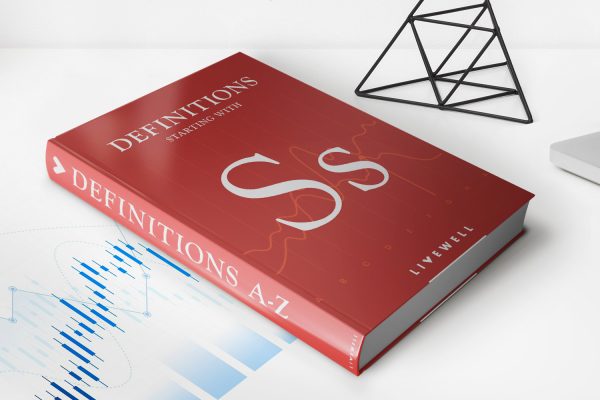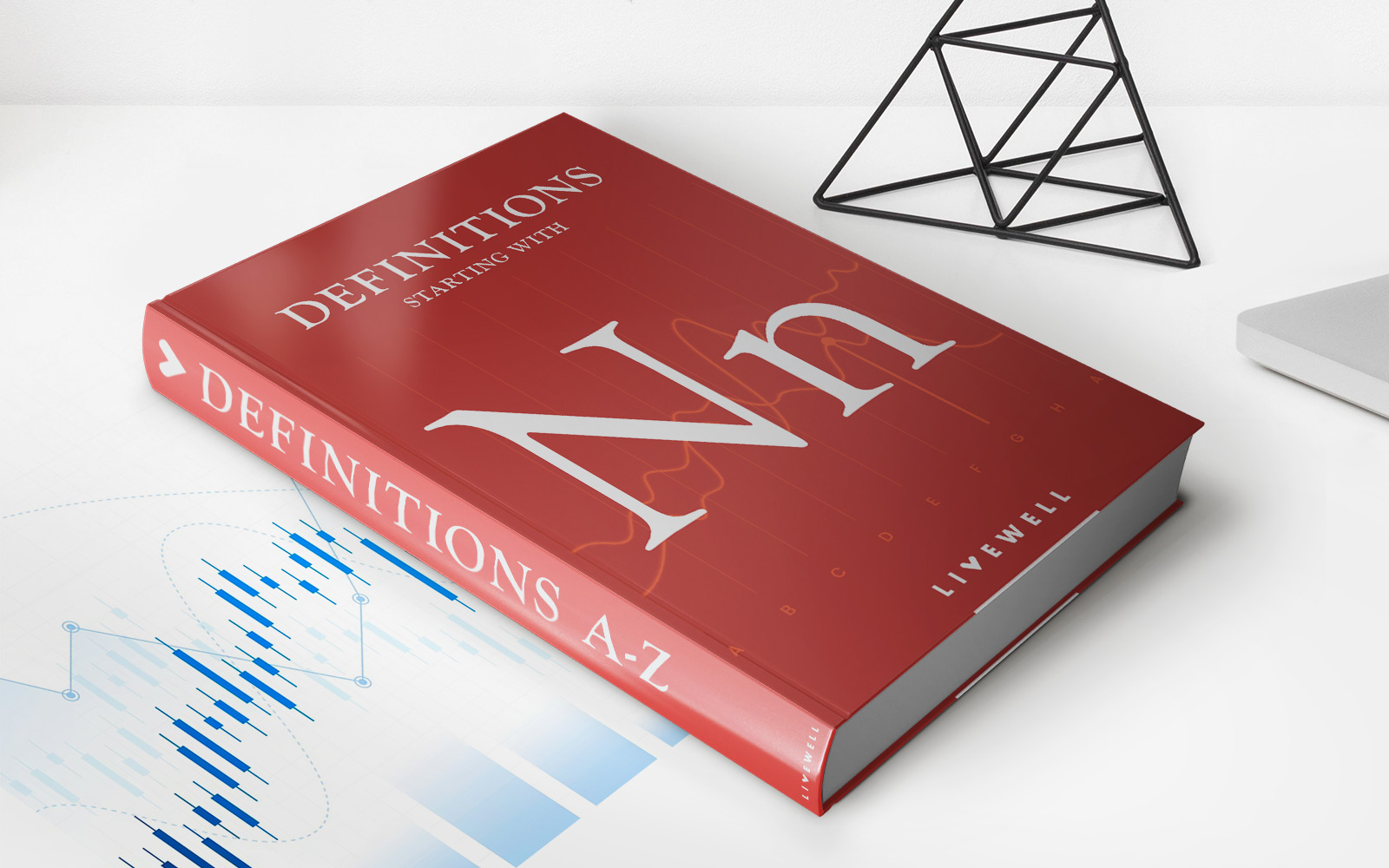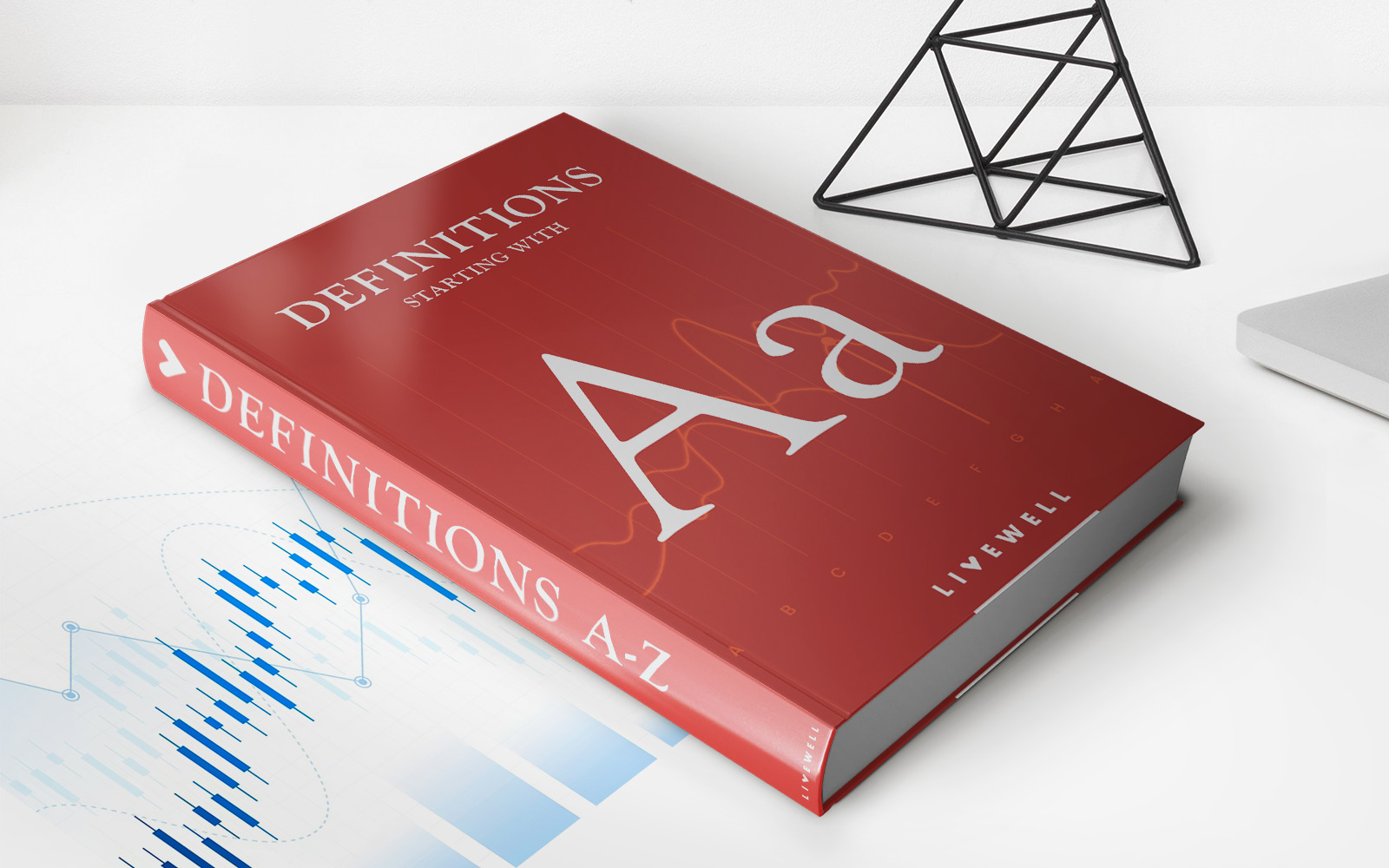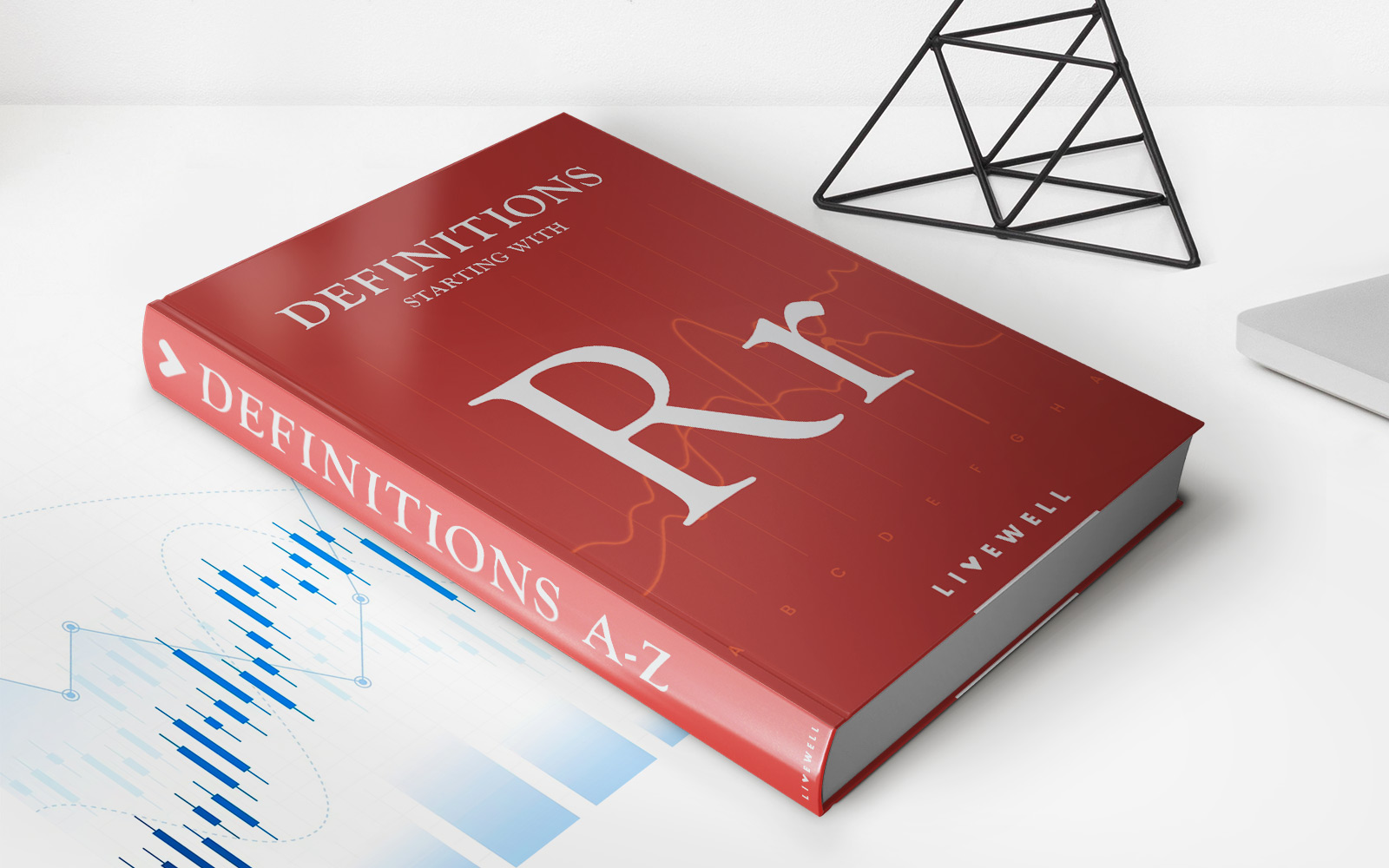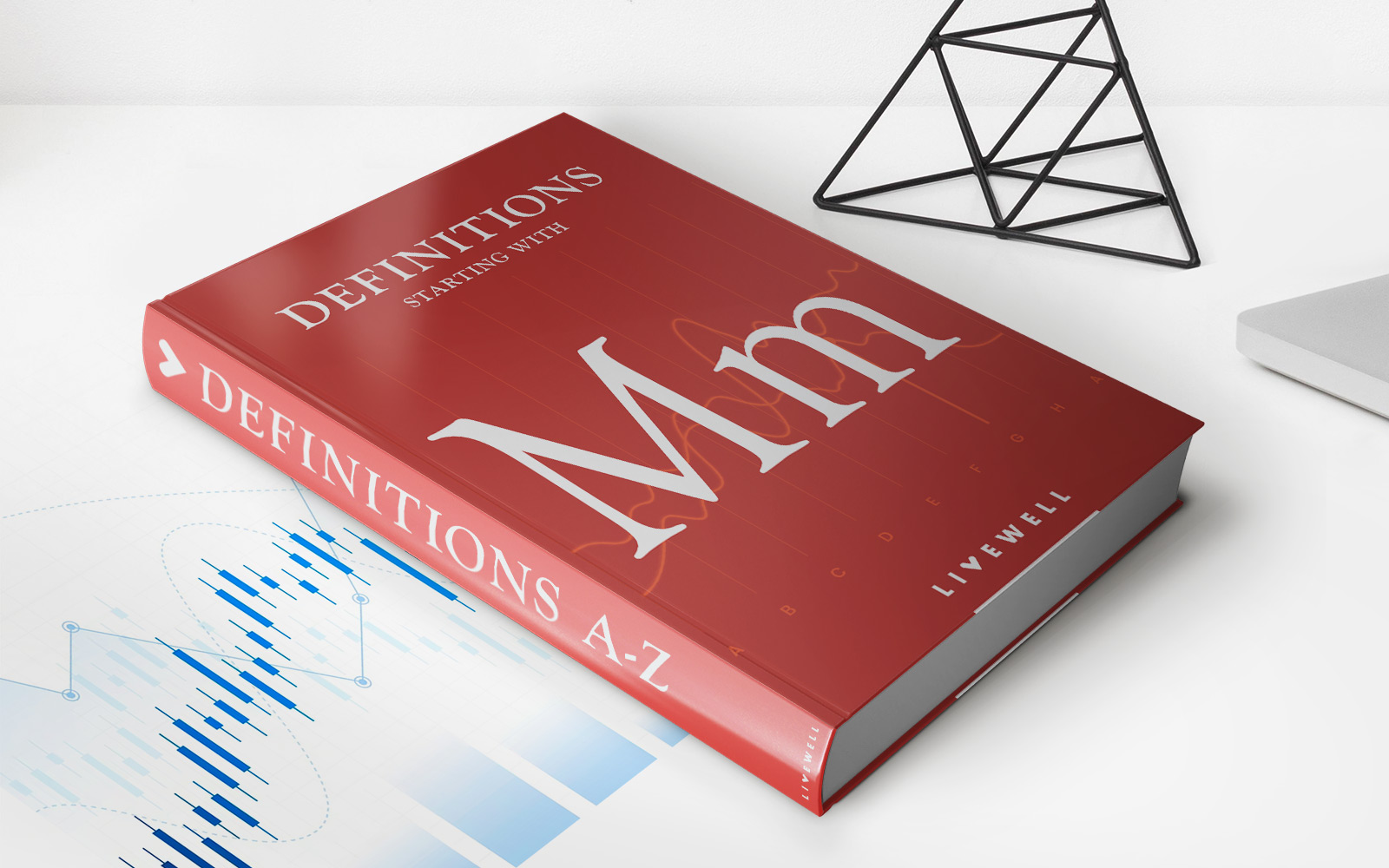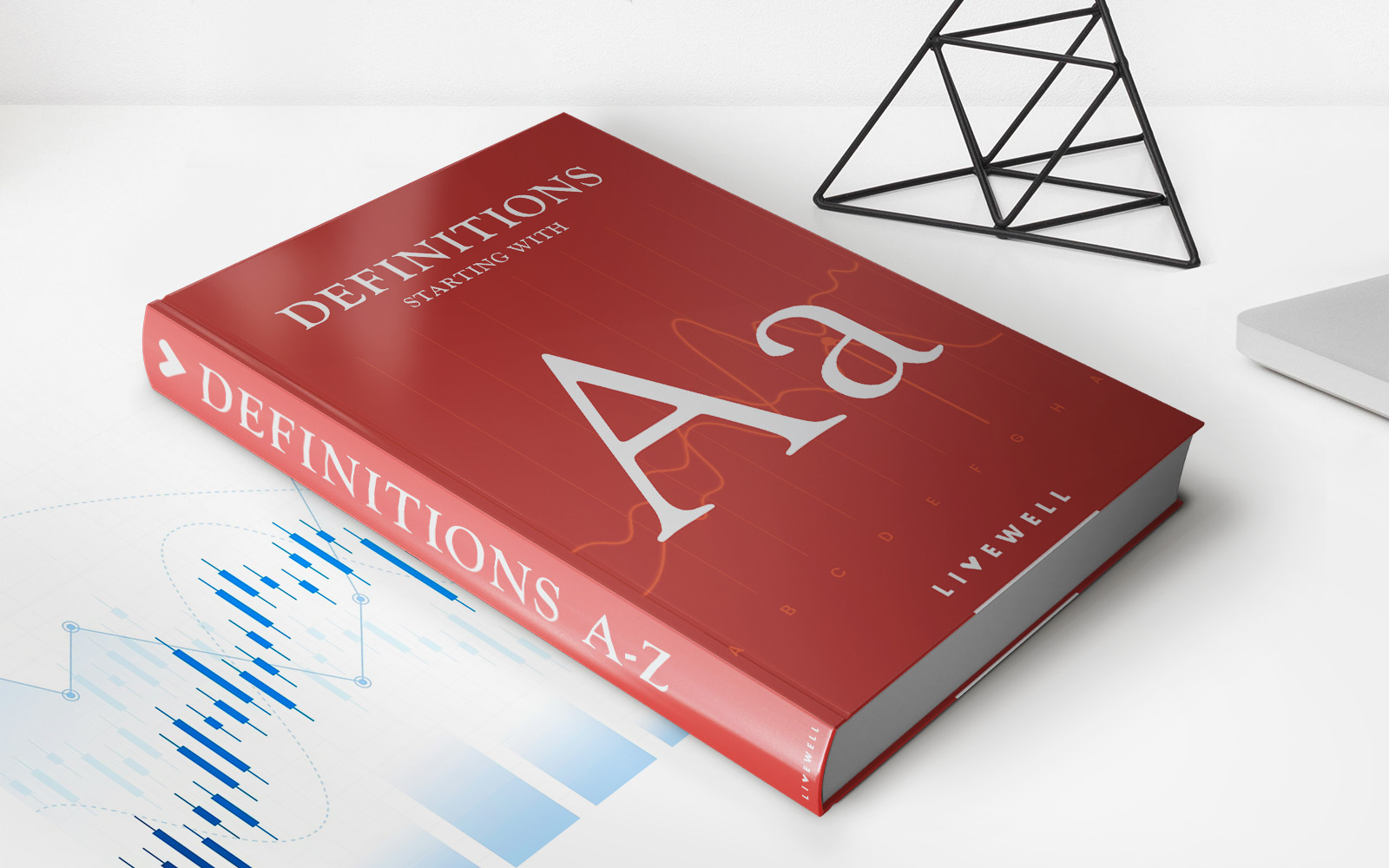Home>Finance>Non Standard Monetary Policy: Definition And Examples
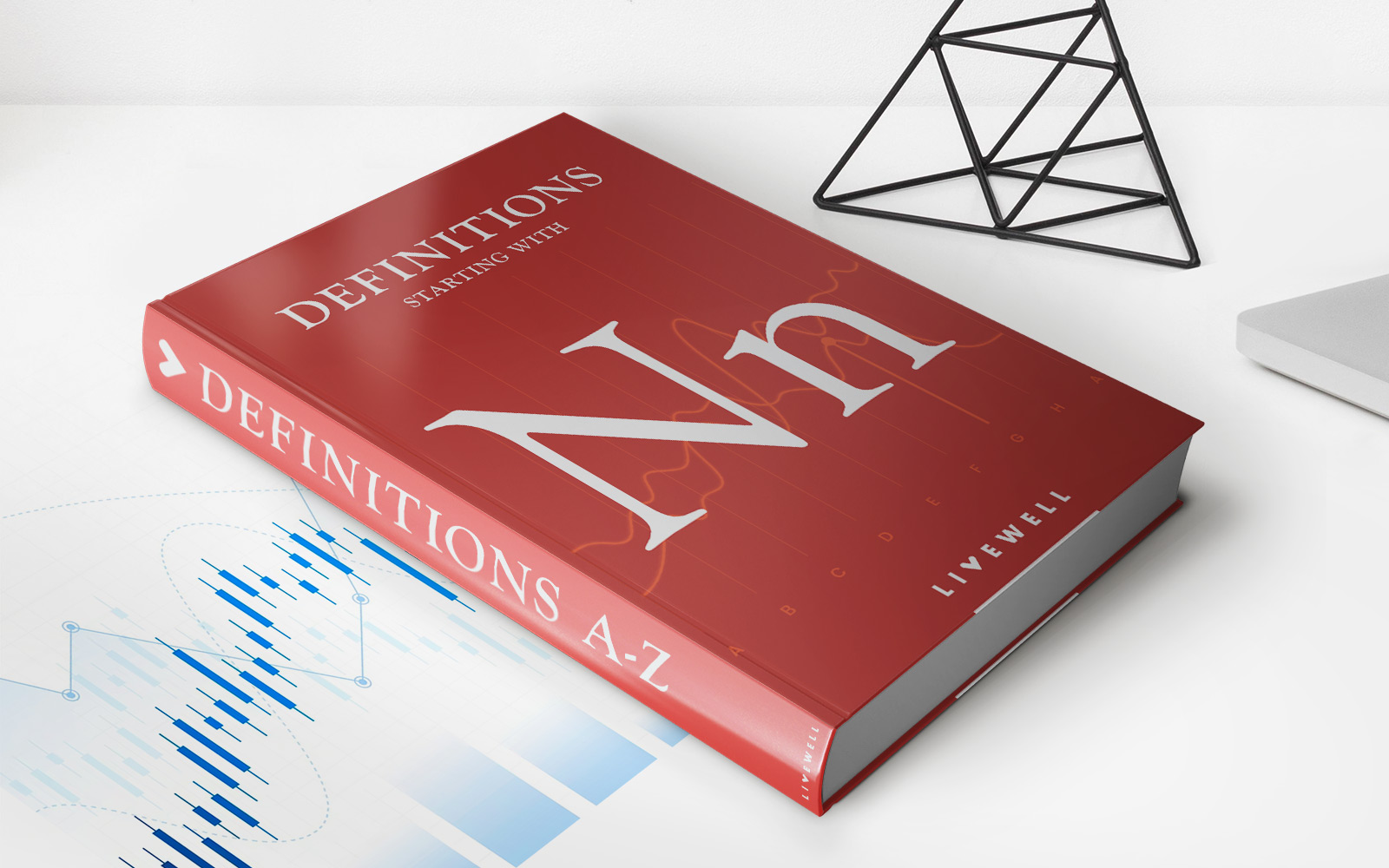

Finance
Non Standard Monetary Policy: Definition And Examples
Published: December 31, 2023
Learn about non-standard monetary policy in finance with definitions and examples. Understand how these policies impact the economy and financial markets.
(Many of the links in this article redirect to a specific reviewed product. Your purchase of these products through affiliate links helps to generate commission for LiveWell, at no extra cost. Learn more)
Welcome to the World of Non Standard Monetary Policy!
When it comes to the world of finance, there are many subjects that may seem complex and hard to understand. One such topic is non standard monetary policy. What exactly is non standard monetary policy, and how does it impact the financial landscape? In this blog post, we will delve into the definition and examples of non standard monetary policy, providing you with a clearer understanding of this essential aspect of the financial world.
Key Takeaways:
- Non-standard monetary policy refers to unconventional methods adopted by central banks to stimulate economic growth or combat financial crises.
- Examples of non standard monetary policy include quantitative easing, negative interest rates, and forward guidance.
Defining Non Standard Monetary Policy
Non standard monetary policy is an unconventional approach adopted by central banks to stimulate economic growth or to address financial crises. Traditional monetary policies, such as interest rate adjustments, may become limited in their effectiveness during times of economic distress. In response, central banks implement non standard monetary policy measures as additional tools to influence the economy.
These non standard measures are designed to achieve specific objectives, such as increasing liquidity in the financial system, encouraging borrowing and lending, and boosting consumer spending. By implementing such policies, central banks aim to stimulate economic activity and stabilize financial markets.
Examples of Non Standard Monetary Policy
Now that we have a better understanding of the definition, let’s explore some examples of non standard monetary policy. Here are three prominent techniques used by central banks:
- Quantitative Easing (QE): Quantitative easing involves the purchase of government bonds and other types of securities by the central bank. This increases the money supply, lowers interest rates, and encourages spending and investment.
- Negative Interest Rates: In some cases, central banks impose negative interest rates, effectively charging banks for holding excess reserves. This policy encourages banks to lend money to individuals and businesses, stimulating economic growth.
- Forward Guidance: Central banks may also provide forward guidance, which involves signaling their future policy intentions. By communicating their plan to keep interest rates low for an extended period, central banks influence borrowing costs and shape market expectations.
Conclusion
Non standard monetary policy plays a crucial role in shaping the financial landscape during challenging economic conditions. By implementing unconventional measures, central banks can stimulate economic growth, stabilize financial markets, and mitigate the impact of financial crises. With techniques like quantitative easing, negative interest rates, and forward guidance, non standard monetary policy provides central banks with additional tools to influence and shape the economy.
We hope this blog post has provided you with a clearer understanding of non standard monetary policy and its importance in the world of finance. By continually learning about these topics, we can better navigate the intricate world of economics and finance.


